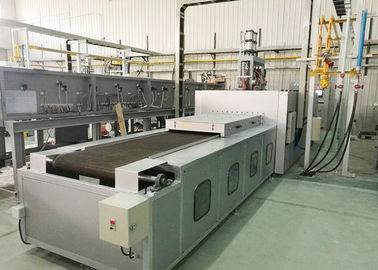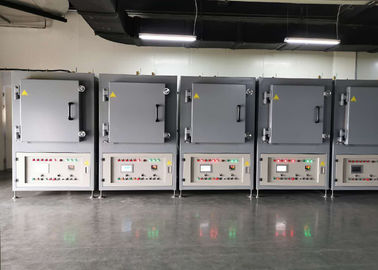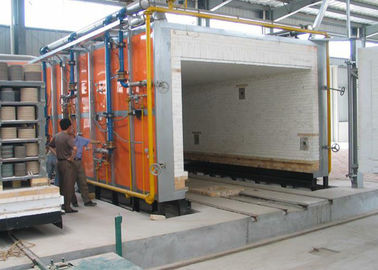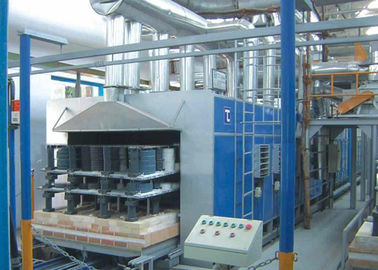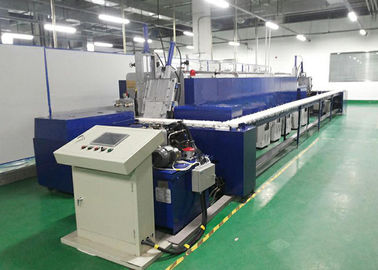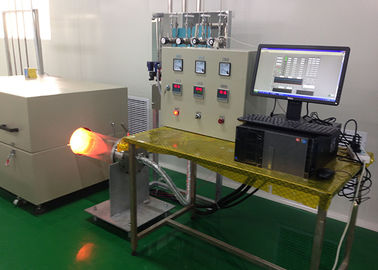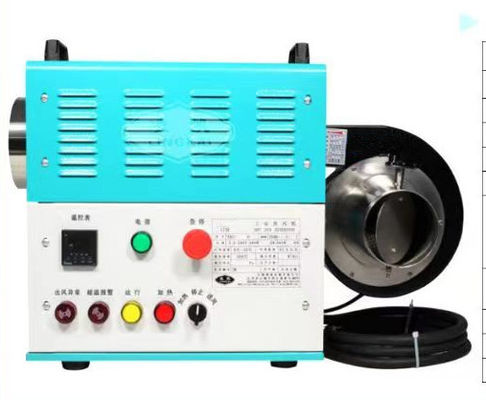Industry Knowledge Science: How an Industrial Glass Furnace Improves Melting Efficiency
Melting is the most energy-intensive stage in glass production, making the Industrial Glass Furnace the key factor in determining product quality and plant economics. This article explores how furnace technology enhances melting efficiency and supports modern manufacturing.
The industrial glass furnace operates on the principle of high-temperature fusion. Raw materials are fed continuously into the furnace, where powerful burners generate a controlled thermal environment. Advanced furnaces use oxygen-fuel combustion or electric-boost systems to achieve rapid heating with minimal energy waste.
One of the main technologies improving efficiency is regenerative heating. In this system, hot exhaust gases pass through checker bricks to store heat. The stored heat is then transferred back to incoming combustion air, reducing fuel consumption by up to 35%. This makes regenerative furnaces the preferred choice for float glass and container glass production.
Recuperative furnaces, on the other hand, use heat exchangers to recover heat from exhaust gases. While simpler in structure, they also contribute to significant energy savings and stable furnace performance.
Temperature uniformity is essential for proper melting. Modern industrial glass furnaces incorporate laser measurement systems, infrared cameras, and digital control software. These tools ensure consistent temperature distribution, reducing melting time and improving glass homogeneity.
Another technological advancement is the electric-boost system. By introducing electric heating rods inside the melting tank, factories can increase melting capacity without expanding furnace dimensions. This is especially useful for high-purity or specialty glass production.
Industrial glass furnaces also help control emissions. Low-NOx burners minimize nitrogen oxide formation, while oxygen-fuel systems reduce carbon monoxide and particulate emissions. As global environmental laws tighten, such technology is becoming increasingly important.
Industries using these furnaces benefit from higher production output, reduced fuel expenditures, and improved product quality. Applications span solar glass, automotive windshields, container bottles, architectural glazing, and laboratory glassware.
Ultimately, the Industrial Glass Furnace has evolved into a highly advanced, energy-efficient system that supports large-scale modern glass production while meeting strict environmental standards.

 Ihre Nachricht muss zwischen 20 und 3.000 Zeichen enthalten!
Ihre Nachricht muss zwischen 20 und 3.000 Zeichen enthalten! Bitte überprüfen Sie Ihre E-Mail!
Bitte überprüfen Sie Ihre E-Mail!  Ihre Nachricht muss zwischen 20 und 3.000 Zeichen enthalten!
Ihre Nachricht muss zwischen 20 und 3.000 Zeichen enthalten! Bitte überprüfen Sie Ihre E-Mail!
Bitte überprüfen Sie Ihre E-Mail! 
